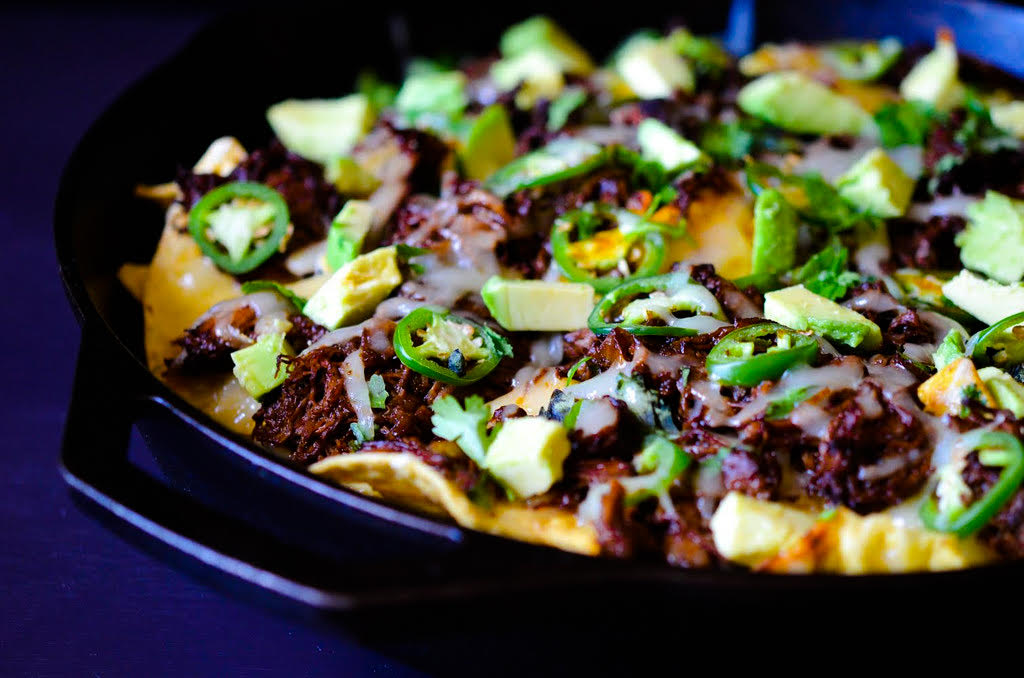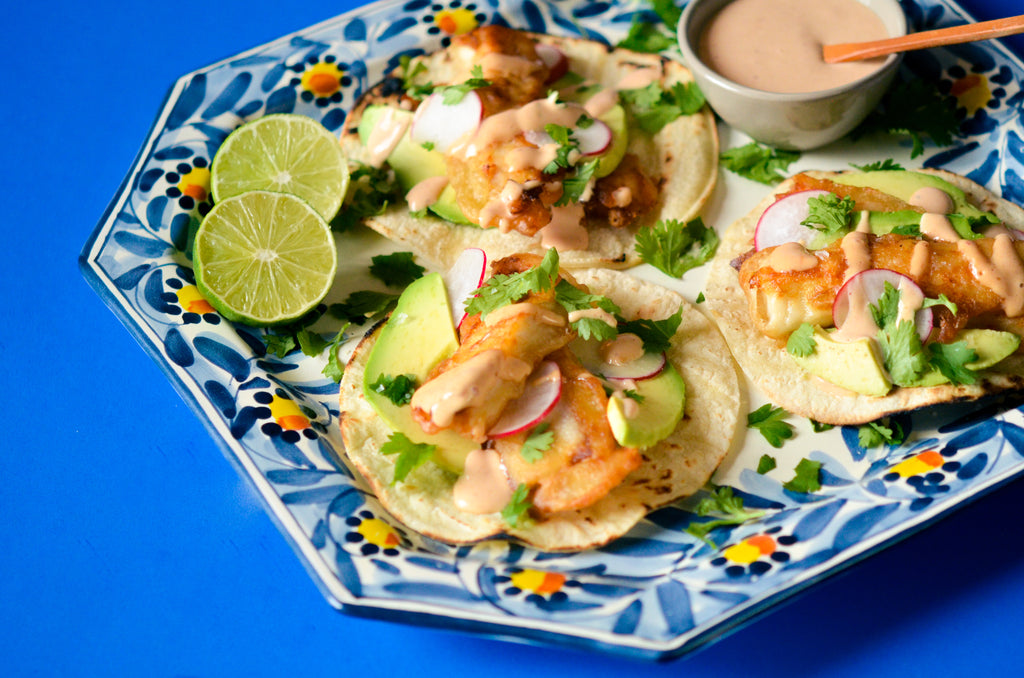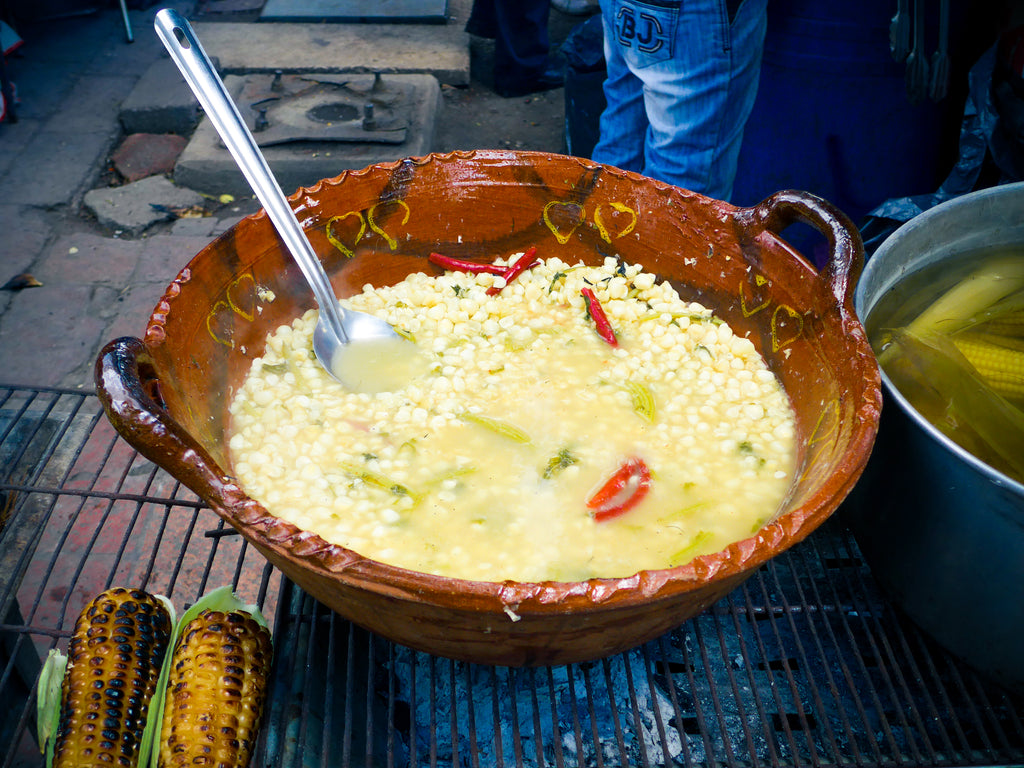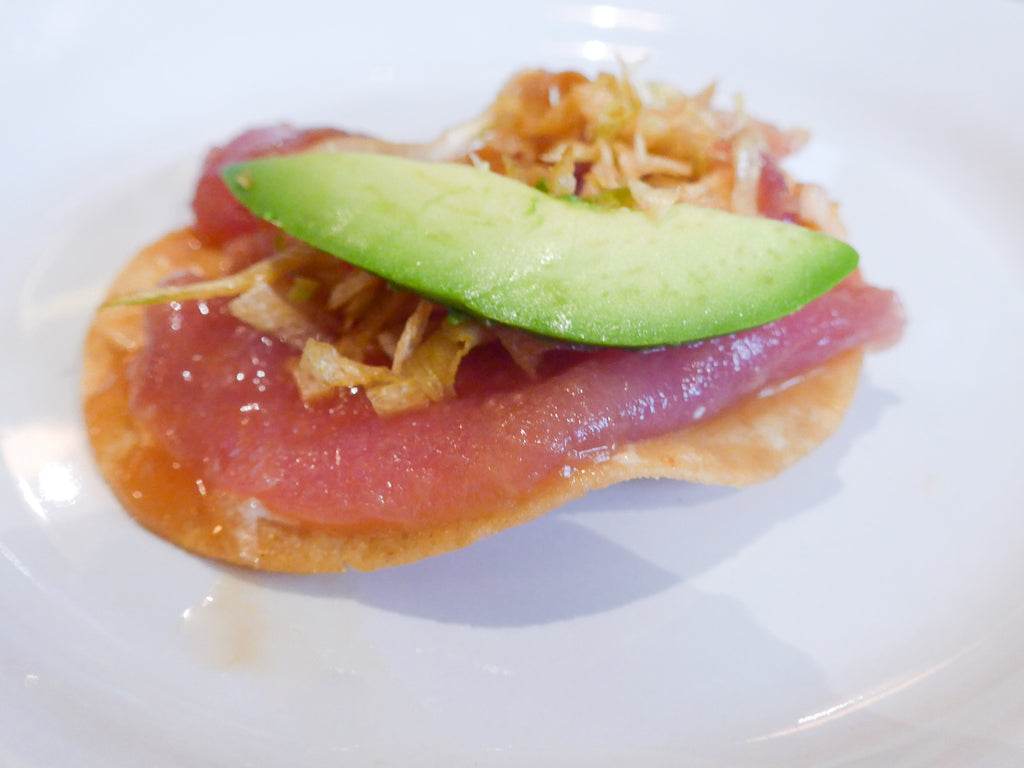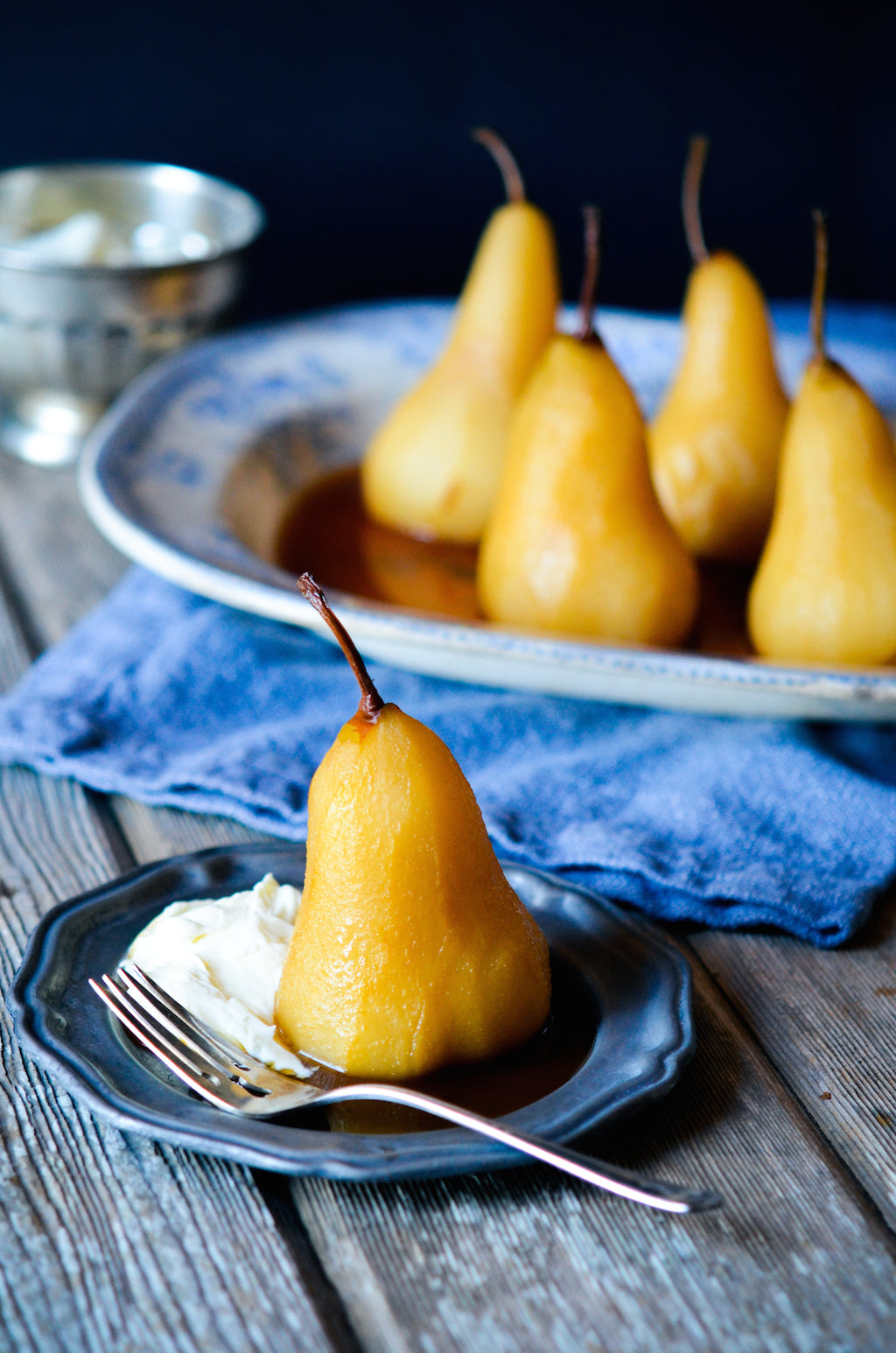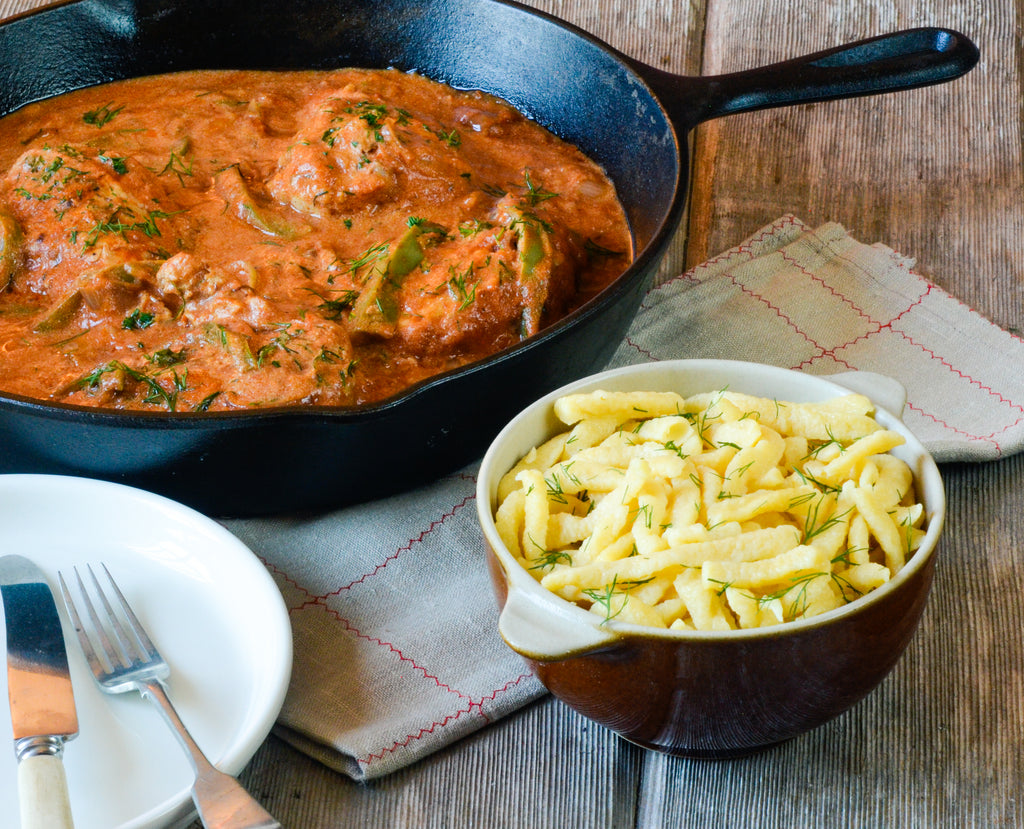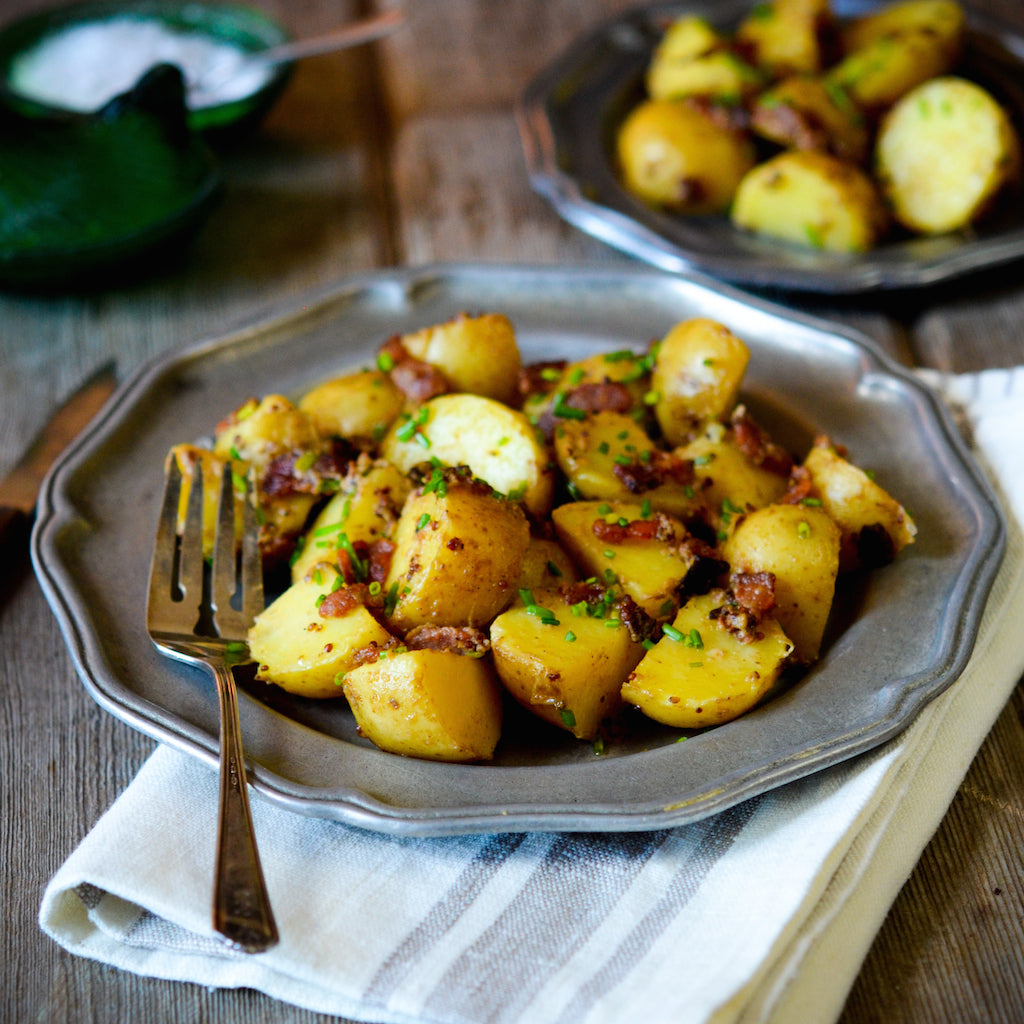
I have been fighting a losing battle since moving to America 14 years ago. Every year at Thanksgiving, I insist on making what I consider to be stuffing. It’s completely different from stuffing in America in that it’s mainly meat based with very little bread at all – just a few breadcrumbs for binding. I try to convert someone each year and I actually caught a few young’uns early before they were corrupted to the ways of American stuffing. My first American Thanksgiving, I even tried to introduce bread sauce to the table but as I looked at it through new eyes, I realized that, like marmite, unless you grew up with it, you were never going to be convinced it was anything other than disgusting. My stubborness has kept me from trying all the myriads of American stuffing that are laid out each year at the annual banquet that I’m lucky enough to attend.
Aurora convinced me to put aside my pig headedness and create a stuffing with Nashoba Bakery’s Harvest Bread which screams Thanksgiving with its cranberries and pecans. We added just enough of Schaller & Weber’s Chorizo to satisfy my meat cravings and out of the oven came a stuffing that was so delicious that I ate it on its own for dinner. It still has a gentle nod to my roots across the pond but has its feet firmly placed in America and may very well have finally converted me.
Harvest Stuffing with Chorizo
8 Servings
Ingredients:
1 loaf of Harvest Bread (crust removed, cut to small cubes)
1 stick unsalted butter, plus extra for buttering baking dish
1 large onion, diced
3 leeks, thoroughly cleaned (sliced into half moons)
3 celery stalks, diced
1 large fennel bulb, diced
Salt and freshly ground pepper to taste
2 tablespoons minced fresh rosemary
2 tablespoons minced fresh sage
2 chorizo sausages, casing removed and sliced
2 1/2 cups chicken stock
2 eggs
3/4 cup chopped fresh flat leaf parsley
Method:
1. Preheat the oven to 350° F. Butter a baking pan or casserole dish. Toast bread in the oven for 10 minutes until just crisp. Allow to cool.
2. In a large cast iron pan, melt butter and add in onion, leeks, celery and fennel. Season with salt and pepper and cook until slightly golden (about 12-14 minutes).
3. Stir the fresh rosemary and sage into the onion mixture.
4. Remove the onion mixture to the side in a large bowl and add the chorizo to the cast iron pan. Cook the chorizo until browned (about 5 minutes).
5. Add the chorizo to the bowl with the onion mixture and then add in toasted bread. Toss together until well mixed.
6. Add chicken stock, beaten eggs and parsley to the bowl and mix well. Season once more with salt and pepper.
7. Dish stuffing mixture into prepared baking dish and bake until browned at the top (about 40-45 minutes). Serve warm.






